
If you’ve been following us on Instagram, you would know that I’ve had the new iPhone 12 with me for almost a month now. With this, everyone’s been asking me for my review of the phone. To be completely honest with you, because it’s my first iPhone in ages, I wanted to use it for at least a month or so—instead of rushing to come up with a review. And finally, here I am with my full review of the iPhone 12 and 12 Pro.
iPhone 12, iPhone 12 Pro Specifications:
- Dimension: 146.7 x 7.4 x 71.5mm | iPhone 12: 164gm | 12 Pro: 189gm
- Display: 6.1-inch (2532×1170 pixels) OLED Super Retina XDR display, 460ppi
- Chipset: Six-core A14 Bionic 64-bit processor, 16-core Neural Engine
- Storage:
- iPhone 12: 64GB, 128GB, 256GB
- iPhone 12 Pro: 128GB, 256GB, 512GB
- Operating System: iOS 14
- SIM: Dual SIM (nano + eSIM)
- Back Camera:
– 12MP wide-angle f/1.7 primary camera, 7-elements lens, OIS, True Tone flash with Slow Sync, 4K Dolby Vision video recording at 60 fps,
– 12MP 120° Ultra Wide f/2.4 camera, 7-elements lens|
– (only 12 Pro) 12MP f/2.0 telephoto lens, 2x optical zoom, 52mm focal length, 6-elements lens, OIS
– (only 12 Pro) LiDAR scanner for AR workloads, night portraits, etc. - Front Camera: 12MP front camera with f/2.2 aperture, 1080p video recording, Retina Flash, Dolby Vision HDR recording up to 30 fps, 4K video recording at 60 fps, Slo‑mo 1080p at 120 fps
- Security: TrueDepth camera for FaceID facial recognition
- Connectivity: 5G (sub-6GHz and mmWave), Gigabit LTE with 4×4 MIMO and LAA, 802.11ax Wi‑Fi 6 with 2×2 MIMO, Bluetooth 5.0, NFC, GPS with GLONASS, GLONASS, Galileo, QZSS, and Beidou
- Other features: Water and dust resistance (IP68), Stereo speakers
- Color options:
- iPhone 12: White, Black, Green, Blue, (PRODUCT)RED
- iPhone 12 Pro: Graphite, Silver, Gold, Pacific Blue
- Battery: 2815mAh; 20W fast charging, 7.5W Qi Wireless Charging; 15W MagSafe Wireless Charger (No charger included in the box)
iPhone 12, 12 Pro Review:
Before moving ahead, I must tell you the reason why I skipped the 12 Pro and got the standard iPhone 12 instead. The thing is, here in Nepal (and even in India for that matter) the iPhone 12 Pro is ridiculously overpriced.
| iPhone 12 Price | |||
| Storage | US | Nepal | India |
| 64GB | $829 | NPR 134,000 | INR 79,900 |
| 128GB | $879 | NPR 142,000 | INR 84,900 |
| 256GB | $979 | NPR 158,000 | INR 94,900 |
| iPhone 12 Pro Price | |||
| Storage | US | Nepal | India |
| 128GB | $999 | NPR 170,000 | INR 119,900 |
| 256GB | $1099 | NPR 187,000 | INR 129,900 |
| 512GB | $1299 | NPR 220,000 | INR 149,900 |
As you can see from the table here, in the US, the 128GB variant of the iPhone 12 Pro is only $120 more than that of the iPhone 12. However, the difference in this part of the world is a staggering 28K (~$238). And surprisingly in India, the deviation is an outrageous INR 35K (~$475), which I simply don’t understand. The launch of Apple’s official website was supposed to be a step in a positive direction, but here we are.
Anyway, because of that, I got myself the iPhone 12 (128GB) variant. I also tested it against the iPhone 12 Pro that my friend bought to come with this review. And to be honest, there aren’t too many differences between them, at least for me. Another reason I didn’t go with the Pro. Both of them come in this new boxy flat design that reminds me of my first iPhone. This “new” aesthetics makes it different and visibly unique from practically every other smartphone you see in 2020.
Design & Build
- Glass front/back, aluminum/stainless steel frame
- Flat edge on the sides, IP68 dust/water resistance
Having said that, the 12 Pro has a slightly premium design than that of the iPhone 12, with a matte finish at the back and a stainless steel frame. This frame also makes for an overall heavier device. While many of you might like your phone to have that heft, for me, the iPhone 12 feels just right, despite both phones sharing the same dimension
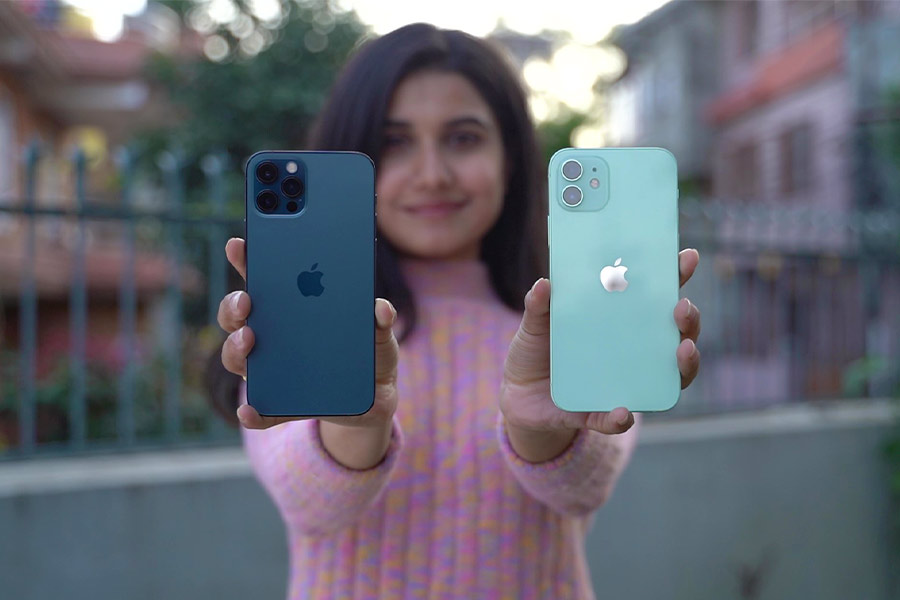
Regardless, in my usage, the iPhone 12 successfully managed to survive a couple of accidental drops from about 2 feet—major thanks to the Ceramic Shield on the front of the glass. But, you need to be aware of the fact that the ceramic protection is exclusive to the front of the phone, and not the back.
Scratch resistance?
Unfortunately, I got this nasty scratch on the front despite being really careful with it. So, while the ceramic shield most definitely offers a better drop resistance, it’s still not big on scratch immunity. In the end, I felt obligated to put on tempered glass. The only thing I dislike about the updated design is how the camera module attracts so much dirt… all the time. Every time I open up the camera to take a picture, I would first have to wipe off the dirt. And as you could figure, things got really annoying, really fast.
Overall, in terms of design, yes, the iPhone 12 Pro is more premium of the two. But for the majority of us, it isn’t going to even matter because let’s face it, at the end of the day, we are going to a back cover for added protection and grip anyway. And that’s especially true in the case of the iPhone 12 Pro since the stainless steel is really slippery.
Display
- 6.1-inches OLED Super Retina XDR panel
- Dolby Vision compliant, 1200 nits peak brightness
- Standard 60Hz refresh rate, Ceramic Shield protection
The similarities between the two phones extend to their displays as well. Here, both the iPhone 12 and 12 Pro have the same OLED panel. Now this one’s a really positive development because historically speaking, the non-Pro iPhone would have an LCD panel while the superior OLED display would be reserved for the expensive variants only. In fact, even the cheapest iPhone of this year—the 12 Mini features an OLED screen.
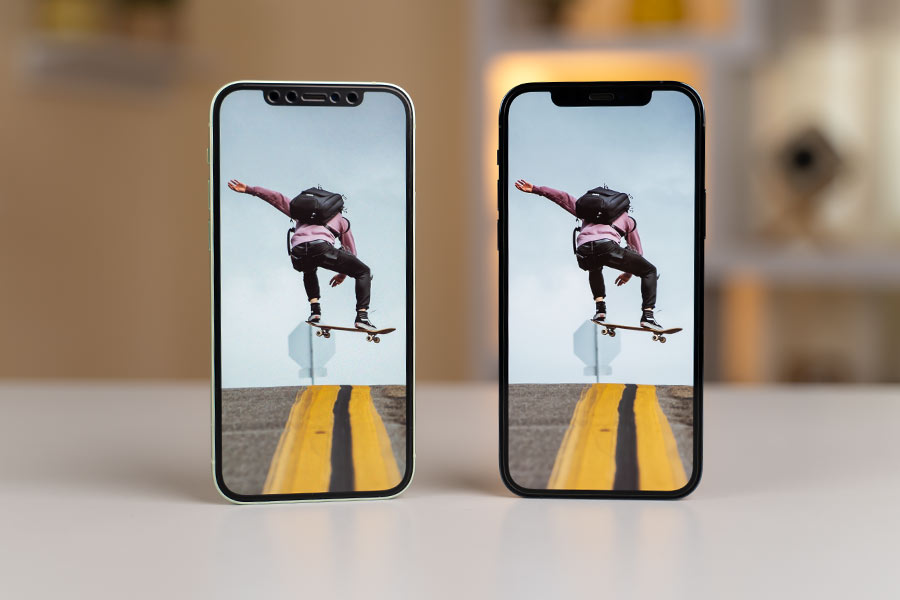
Despite all this, the OLED panel is not minded blogging in any way; considering just how far the industry has come when it comes to smartphone displays. Apple is still sticking to the good-old’ 60Hz refresh rate. If you have used a flagship Android device of the past year, like the OnePlus 8 Pro or the Galaxy Note 20 Ultra, the iPhone 12 and 12 Pro feel ordinary, at least that’s my finding from this review. But again, this display is more than good enough with excellent sharpness and color accuracy. Although the vibrancy is not as punchy as premium Samsung phones, I am not complaining.
The touch response has been great too—no accidental touches or unresponsive inputs throughout my usage. Furthermore, I also had no problems regarding its brightness even when using it outdoor, especially during winter when I often tend to sun bask outside my office. The iPhone 12 Pro does have a slight edge here as it can go up to 800 nits of brightness as compared to 625 on the regular iPhone 12. But trust me when I say that 625 nits on the iPhone 12 is plenty enough.
Cameras
- 12MP wide, 12MP ultrawide cameras (iPhone 12)
- Plus 12MP telephoto lens, LiDAR scanner (only 12 Pro)
- 12MP TrueDepth camera with FaceID
Okay, while things between the two phones sound incredibly similar up until now—almost to the point that you’d question the validity of the expensive 12 Pro entirely, the reason you might want to spend a little extra cash is the cameras. While the iPhone 12 comes with a measly dual-camera setup, you get an extra telephoto lens and a LiDAR scanner.
Normal Images
Before going on about the additional sensors, let’s talk about the common lenses first. Both the iPhone 12 and 12 Pro have exactly the same wide and ultra-wide-angle lens.
On my camera tests too, I found the quality to be identical—as expected.
Wideangle Images
From regular day time to wide-angle to low-light to portrait shots, it’s like clicking photos from the same phone.
Nighttime Images
And as you’d expect from an iPhone, the image quality is stellar. The images have great details, exposure, dynamic range, and aren’t oversaturated either.
Selfie Images
The selfies from the iPhone 12 and 12 Pro are incredibly similar as well.
It can capture plenty of detail with great background exposure, while fairly maintaining the color tone of the subject as well.
Telephoto Images
The only uptick with the 12 Pro is when taking photos of faraway objects since it has a dedicated 2x telephoto zoom lens. But for me, the digital zoom on the iPhone 12 works perfectly fine.
Yes, the quality on the iPhone 12 Pro is obviously a tad bit better; especially while taking 2x zoom videos as well as in 2x portraits, but that’s about it. Plus, we’ve already seen far superior telephoto lenses from the likes of Huawei and Samsung. So it’s not too surprising to come to the conclusion that the telephoto lens on the iPhone 12 Pro isn’t revolutionary by any means.
LiDAR scanner
As I mentioned earlier, iPhone 12 Pro also has a LiDAR sensor and throughout my review, I didn’t find it to be a game-changer as Apple would want you to believe. Of course, it has its benefits, but that, unfortunately, didn’t resonate with my use case. Let me briefly explain what LiDAR actually is.
Short for Light Detection and Ranging, LiDAR is more like the TOF (Time Of Flight) sensor we saw on Samsung’s Galaxy S20 Ultra. While TOF works by shooting a single beam of laser/infrared light and measuring the time it takes to return, LiDAR takes things to next level with multiple beams of laser all around for depth-sensing. Apple claims that the LiDAR scanner on the iPhone 12 Pro series can effectively measure object depth up to 5 meters away.
D = (speed of light X time taken by LASER to hit the subject and come back) / 2
Because of this, the LiDAR scanner brings two improvements in terms of photography:
- Good portraits in low-light conditions
- Better, faster focusing
Nighttime Portrait Images
Having said that, I did try comparing the nighttime portrait images from the iPhone 12 and 12 Pro for this review.
To my dismay, I found little to none difference between the actual quality of the two photos. Same with focusing.
Despite photography, the LiDAR scanner comes useful in other areas like augmented reality (AR), 3D scanning, and such. You might’ve seen some videos floating around the internet on how people are measuring someone’s height with the iPhone 12 Pro. Yep, thank LiDAR for that. It also lets you measure the dimensions of other objects. While these do sound fun and kinda-sorta useful, I wasn’t particularly excited with the sensor during my time with the phone.
Dolby Vision HDR recording
Moving on, the new iPhone 12 series are also the first devices to support shooting and editing 10-bit Dolby Vision HDR videos. Even though we’ve seen HDR recording capability from other smartphones in the past, all of them use open source metadata platform like HDR10. The reason Dolby Vision is superior to the other standards is because of its use of dynamic metadata. What this means is that all the enriched colors, contrast info is dynamically adjusted on a frame-by-frame basis—instead of how HDR10 sends static metadata. A one-for-all kind of deal.
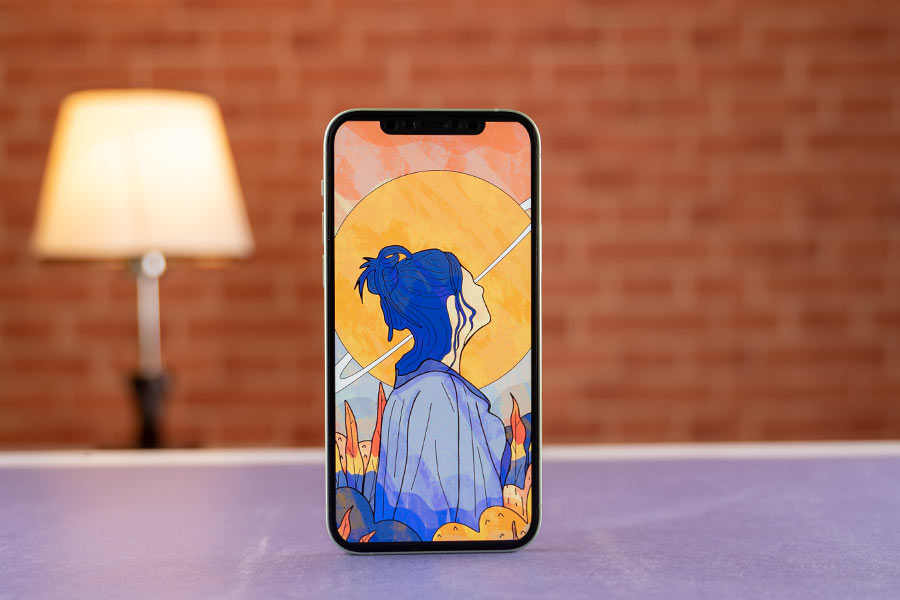
This achievement has been made entirely possible because of the new A14 Bionic chip and its ISP. While all phones in the iPhone 12 series share the same silicon, the iPhone 12 can only shoot Dolby Vision videos at 30fps, whereas the 12 Pro can go up to 60fps.
Memory configuration
That’s because of the difference in their RAM capacity since the iPhone 12 only has 4GB of RAM whereas the Pro has 2GB more. Like I mentioned before, if you wish to edit the footage in post, you can enable it in the settings too. But not everyone needs or can make use of Dolby Vision recording. And for them, regular videos from the 12 or 12 Pro will do just fine.
Anyhow, just being able to shoot in Dolby Vision is just half the battle since watching it requires a Dolby Vision-capable display itself. And unless you’re fine with the relatively small display of an iPhone, I’m willing to bet that many of us might not have a compatible TV/monitor. Likewise, even YouTube doesn’t support it for now—just the standard HDR. But, this could change in the future with more people making videos in Dolby Vision format.
ProRAW for pros
Similarly, the iPhone 12 Pro and 12 Pro Max now support the ProRAW image format since the iOS 14.3 beta update. Allowing you to manually adjust settings like white balance, exposure, contrast, etc. in the post without introducing a drop in picture quality is something especially alluring to professional photographers.

But what bugs me is Apple’s decision to not include this “software feature” on the non-Pro iPhone 12 models. So typical. Obviously, the iPhone 12 is more than capable to capture RAW images as it has the same A14 Bionic chipset and a similar camera setup as the 12 Pro. So hopefully, Apple will have a change of heart in the future, but if it doesn’t—I won’t be surprised.
Performance
- Hexa-core Apple A14 Bionic SoC (5nm)
- 4/6GB RAM with up to 512GB storage (fixed)
Speaking of the A14 Bionic, Apple has once again proved that they are the best when it comes to performance. I’ve been using Samsung flagships for the past couple of years and switching to the iPhone 12, I could almost instantly notice the jump in performance. The A14 is so powerful that even in like 3-4 years, it will still be able to power through your everyday needs without a hiccup. The same, I cannot say about the Android flagships like the OnePlus 8T or the Galaxy S20 FE. That has always been one of the strongest feats of an iPhone and with the 12 series, the legacy continues.
Still and all, it does leave a few things to be desired. Like, I miss a smooth refresh rate experience transitioning from my Android phone. Just imagine, the A14 + 120Hz would’ve been a killer combo. But, Apple is still holding on to the smooth tech for now.

Besides the cameras, everything else on the iPhone 12 and 12 Pro are the same. You get the same stereo speaker which produces balanced sound. It’s not the best speakers you can find on a smartphone as I think the ASUS ROG Phone 3 and the Galaxy Note 20 Ultra are better for that matter. Still, the audio from the iPhone 12’s speaker setup is acceptable as well.
Swift iOS
Moreover, the vibration motor and its haptic feedback have been really good and I like how iOS complements the hardware to provide a better overall experience. The Face ID is still here, although the rumors of Apple resurrecting the Touch ID on iPhones had me excited. It is really fast, secure, and accurate. But during these trying times when everyone is wearing a mask, I would’ve had to use the passcode almost all the time.
Battery
- 2815mAh battery with 20W fast charging
- 7.5W Qi Wireless Charging, 15W MagSafe Wireless Charger
Finally, let’s get into the battery life. Both iPhone 12 and 12 Pro are powered by the same 2815mAh cell. That’s not a big battery compared to Android flagships, or is it? During my usage, I was able to get a decent, if not great battery life out of it. Playing games for like an hour or two every day resulted in like 5 hours of SOT, whereas on a day when I didn’t play games, I got around 6 to 7 hours screen-on-time. I just wished that Apple would’ve gone with a slightly bigger battery. For now, I give iPhone 12, 12 Pro’s battery life a B+.

There are also a lot of users complaining about battery drain issues and network signal drop, but I haven’t encountered such issues yet—so that’s nice.
And yeah, as you might’ve heard by now, Apple is revolutionizing the way phones are sold by excluding a charging brick, or wired earbuds inside the box. This move hasn’t been immune to controversies though. On the one hand, yes, it does help with reducing carbon emissions. But on the other hand, people now have to pay extra for something so elementary to a smartphone experience.
Overruled
Interestingly, the company has been forced to ship iPhone 12 series with earpods in France citing radiation laws; while buyers in Brazil will still enjoy a power adapter inside the box—thanks to a government mandate.
So, I got myself an 18W charger from last year instead of the new 20W charger since they’re not that different, to begin with. The 20W adapter can push up to 15W of power to a MagSafe charger but as things stand, MagSafe is just too slow for me as it takes like 3 hours to charge the iPhone 12. Maybe next year it will be faster—we will have to wait and see.
Conclusion
Overall, after using the iPhone 12 and 12 Pro for almost a month now for review, I think I will keep using it as my primary phone for a while. Apple has been clever enough to properly differentiate the iPhone 12 from its Pro siblings. Therefore, in the end, it isn’t too difficult for people to choose between the two.
Still, if you are someone from in the US or other countries where the difference between the 12 and 12 Pro isn’t significant, you might want to get the 12 Pro instead without giving too much thought. But if you are someone from Nepal or especially India, you should definitely get the iPhone 12 over 12 Pro unless the 12 Pro’s price drops in the next few days. That’s because even though the 12 Pro is objectively superior between the two, the regional price difference makes it unappealing compared to the standard iPhone 12.
- Watch our video review of iPhone 12 and 12 Pro.
iPhone 12, 12 Pro Review: Pros & Cons
Pros:
- Premium, durable design with a flat edge
- Excellent OLED display with Dolby Vision
- Best-in-class performance thanks to A14
- iOS is as optimized, well-designed as ever
- Excellent cameras, especially for videos
- 10-bit Dolby Vision HDR recording, ProRAW
Cons:
- As usual, iPhones’ global pricing is inconsistent
- No high refresh rate on an iPhone yet
- 12 Pro’s telephoto lens not as impressive
- No charger, earpods inside the box
- Battery life could’ve been slightly better






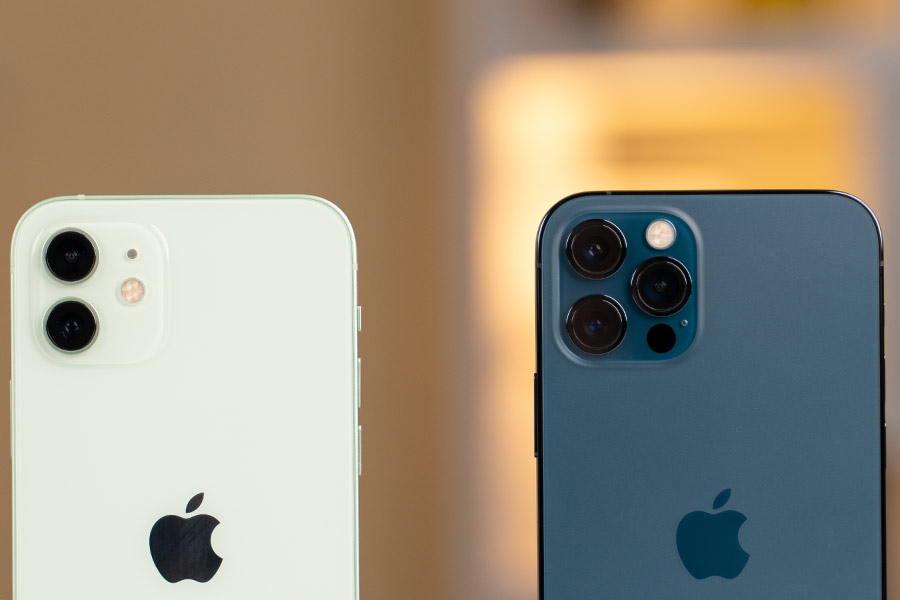

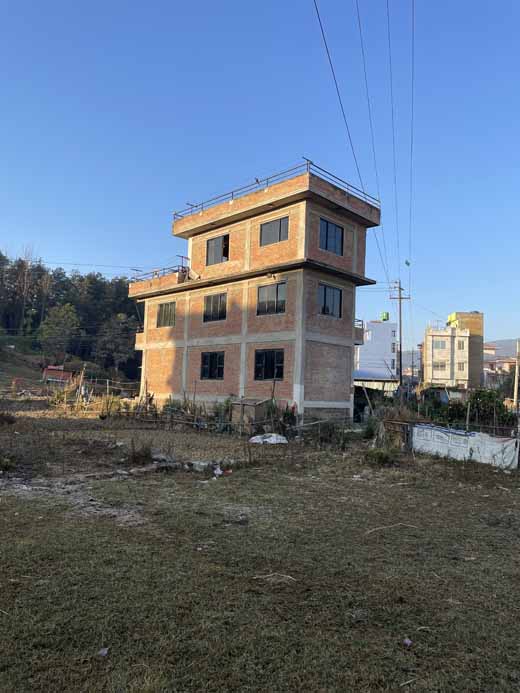
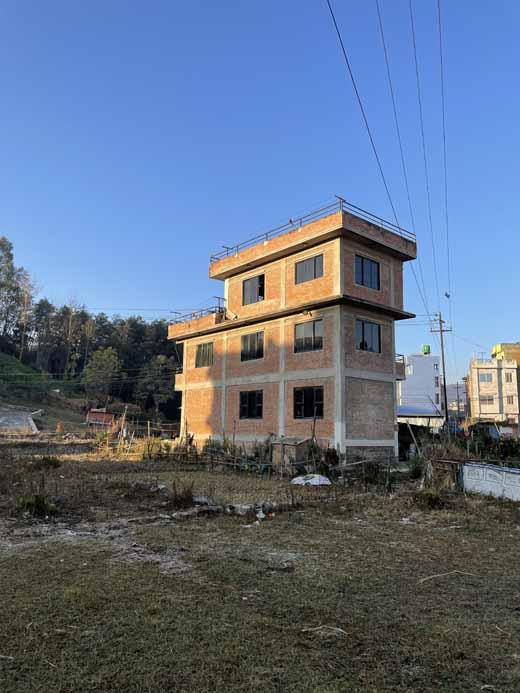



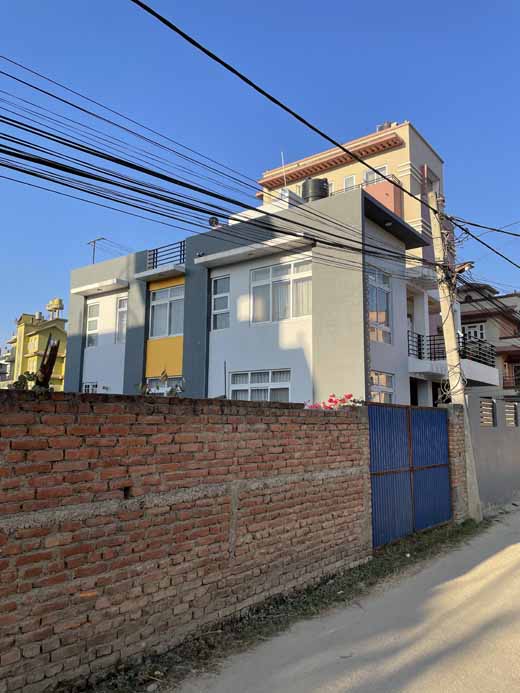



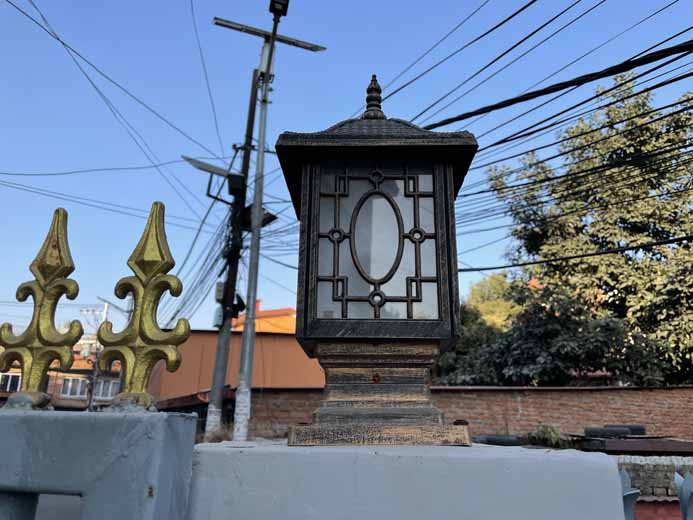


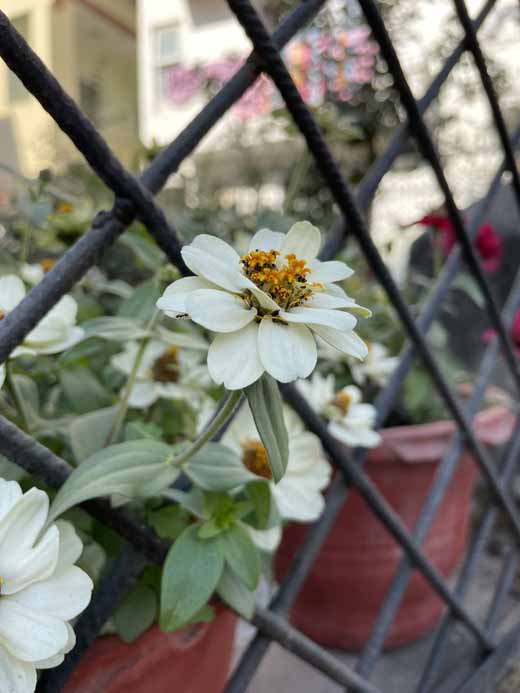

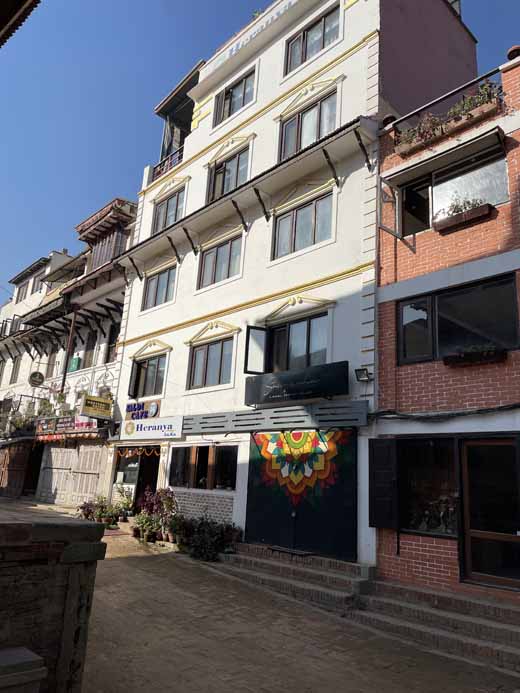
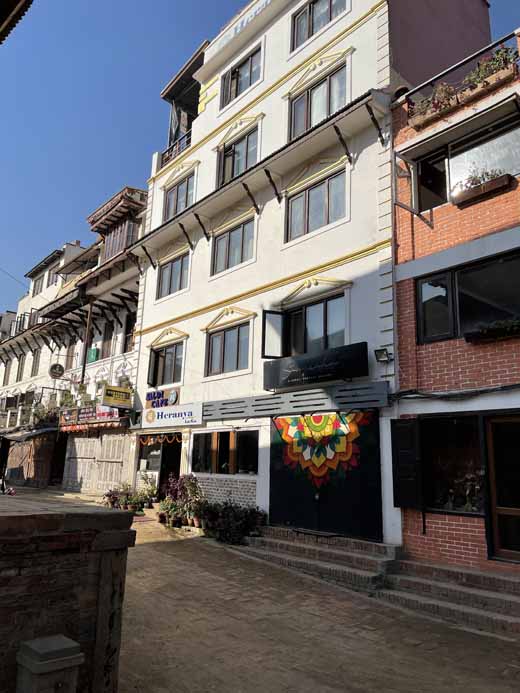


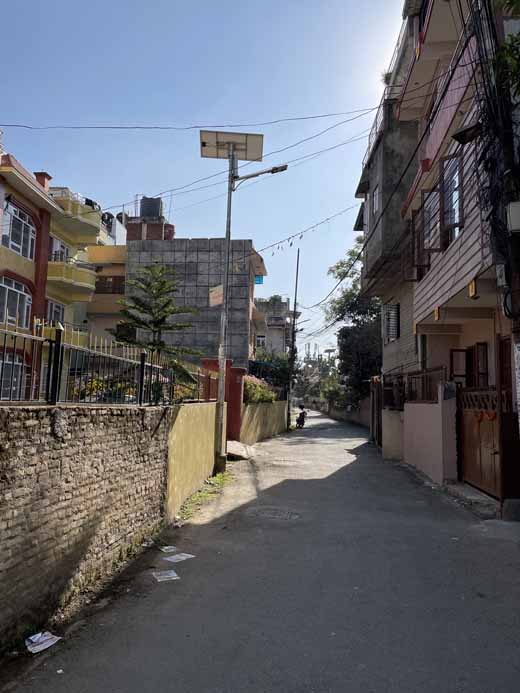
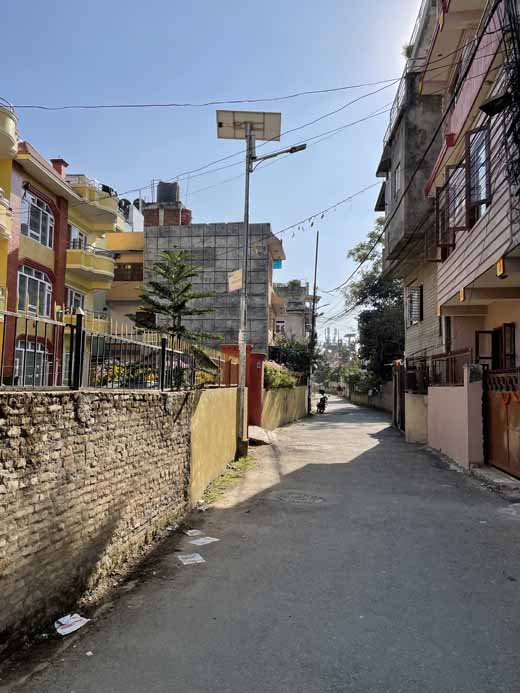
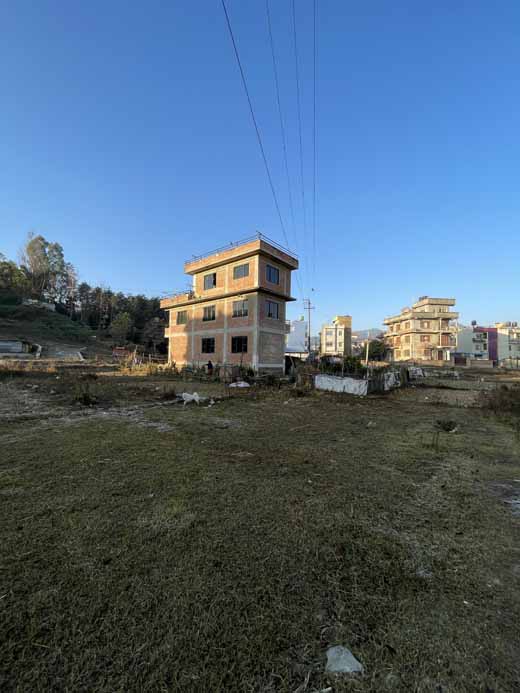

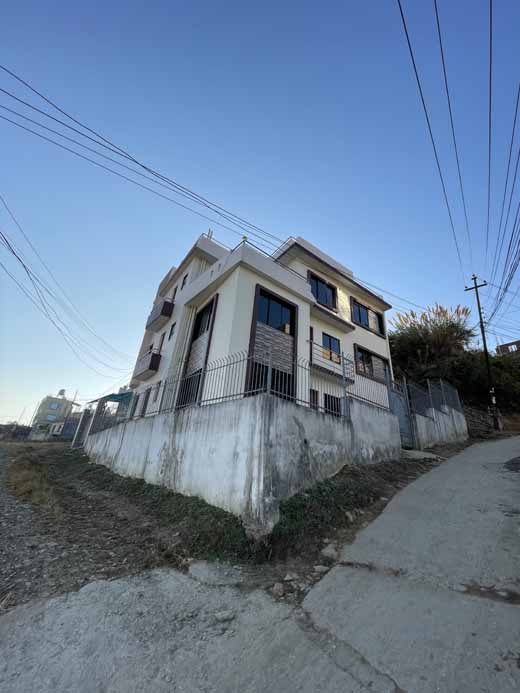
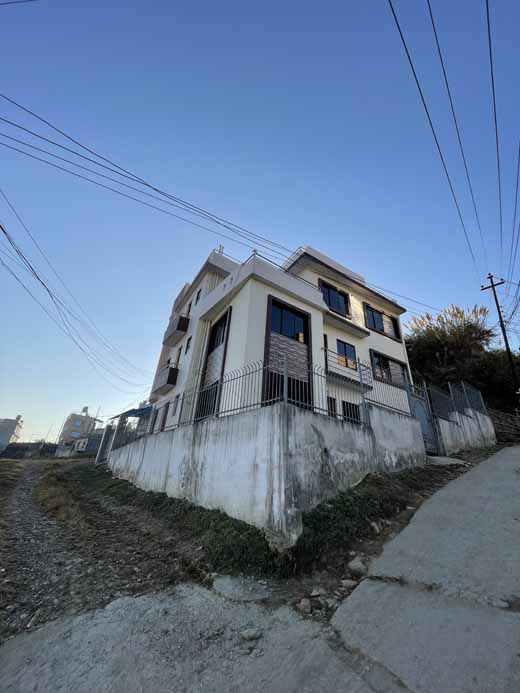
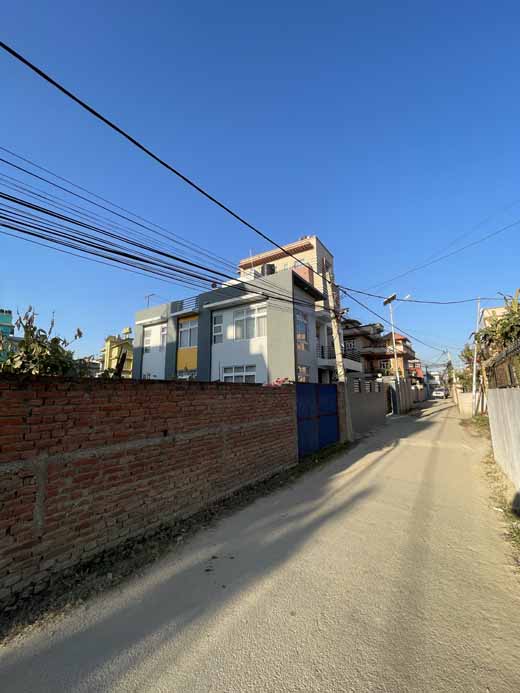
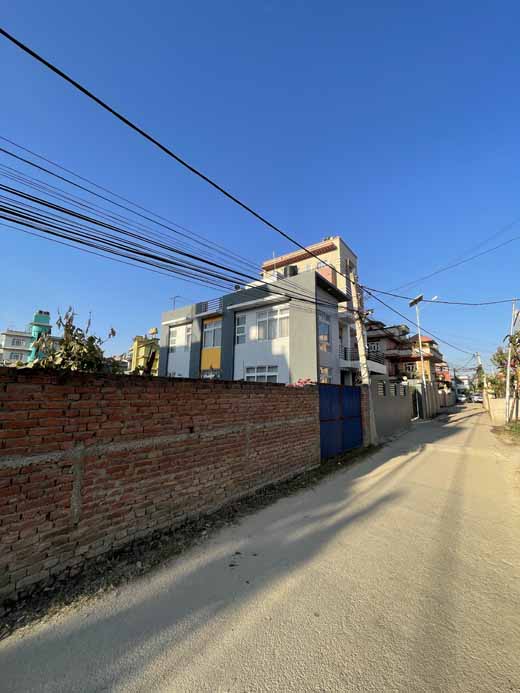


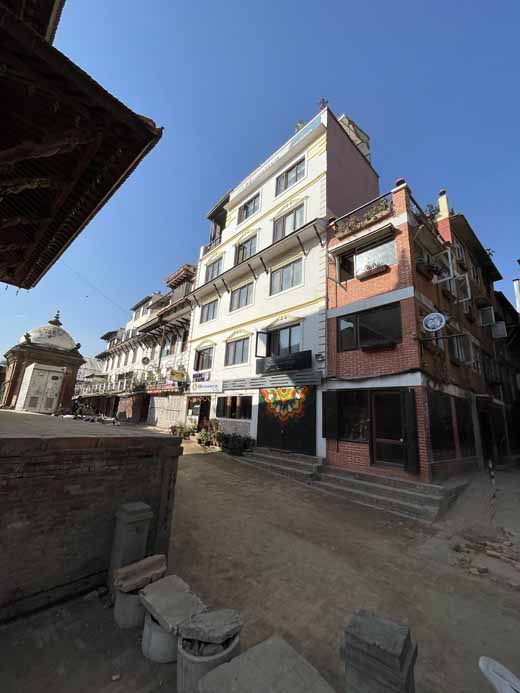
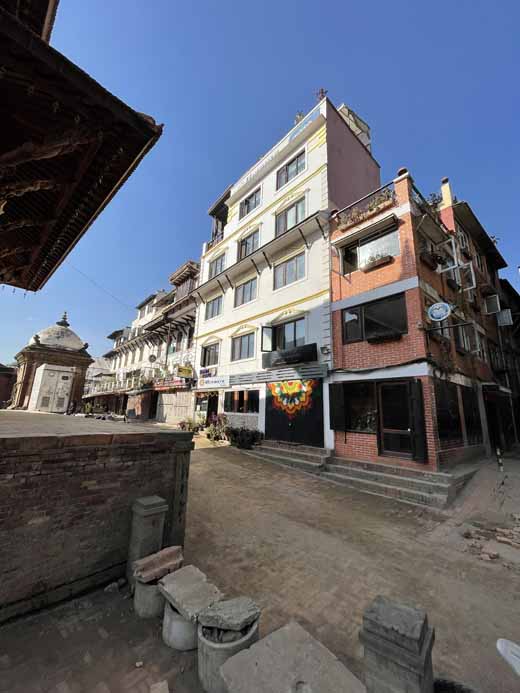



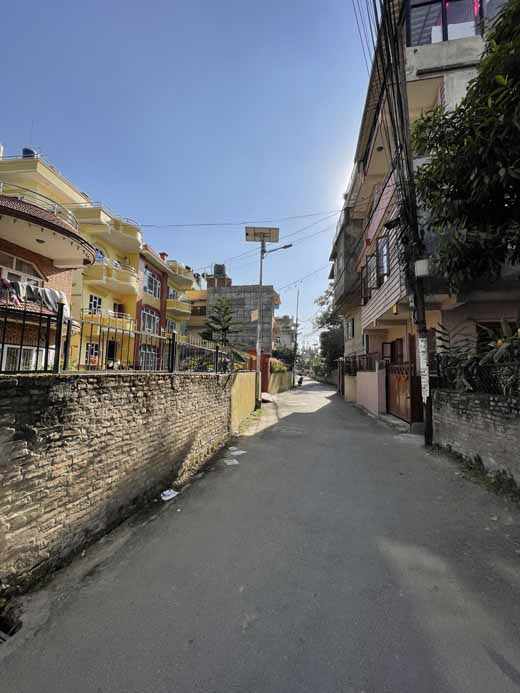
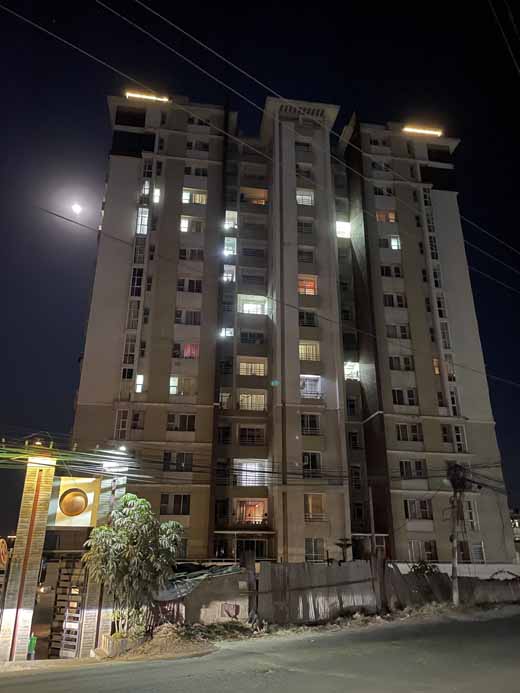

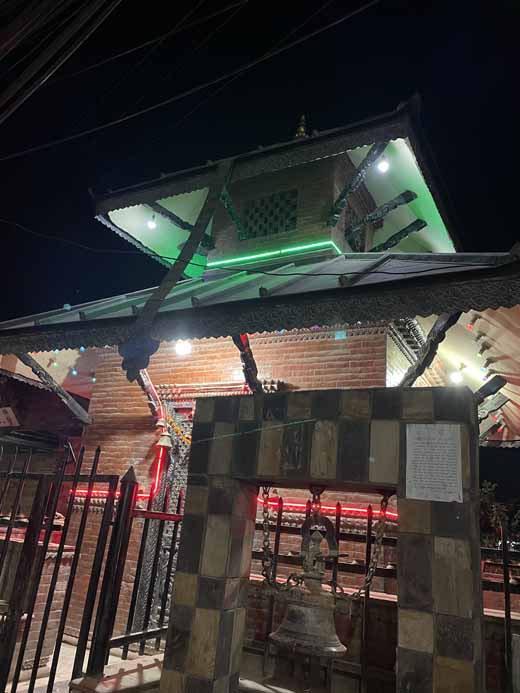
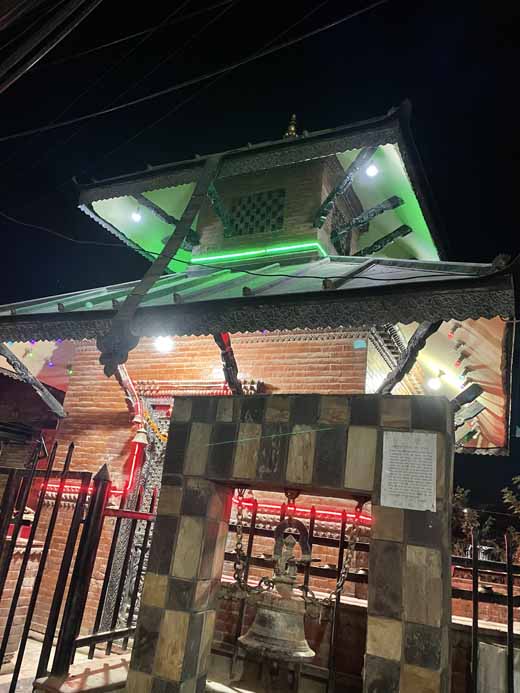
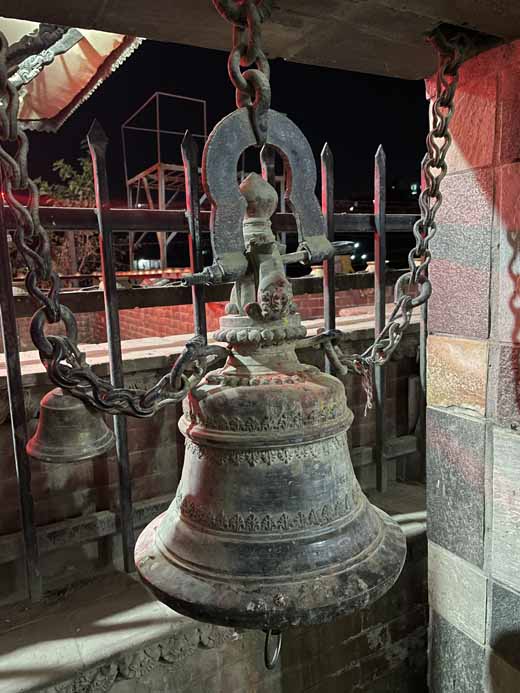
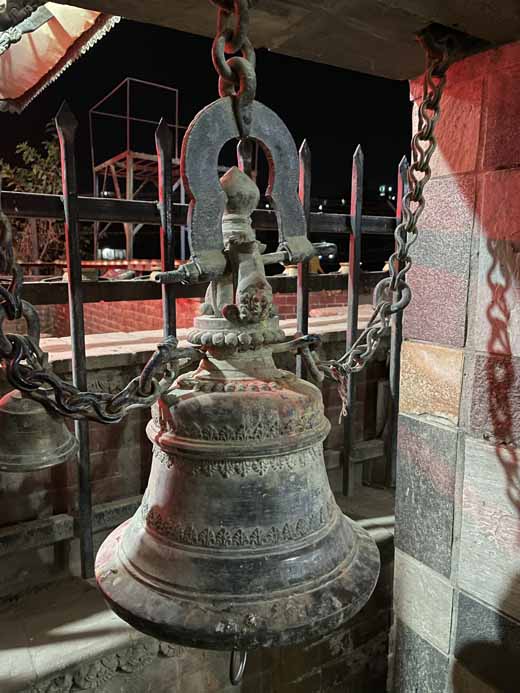
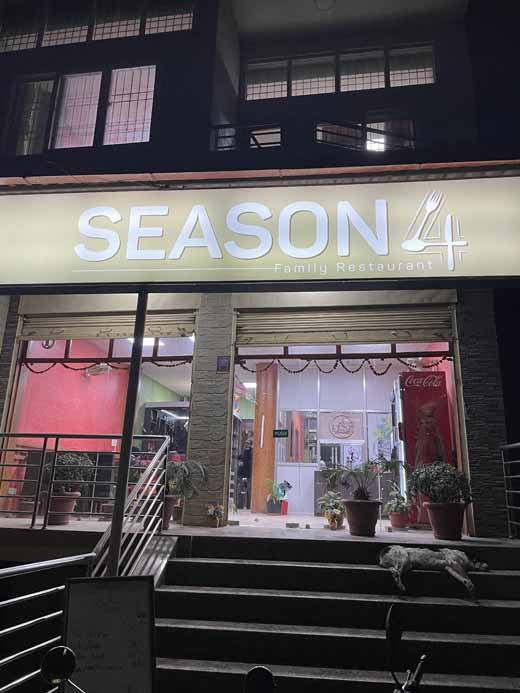
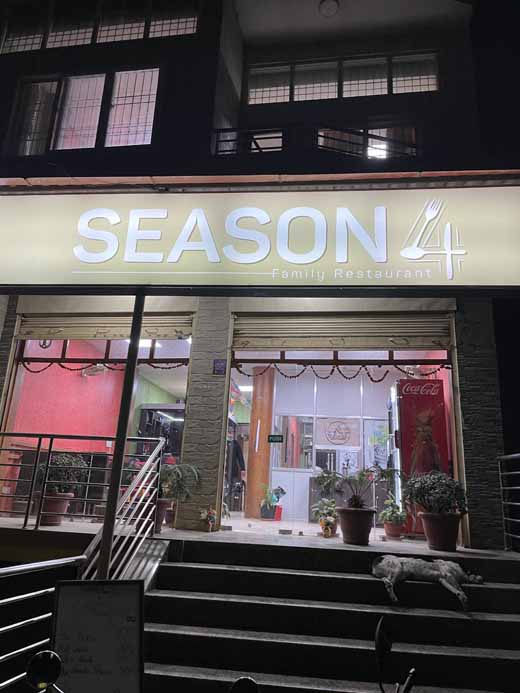
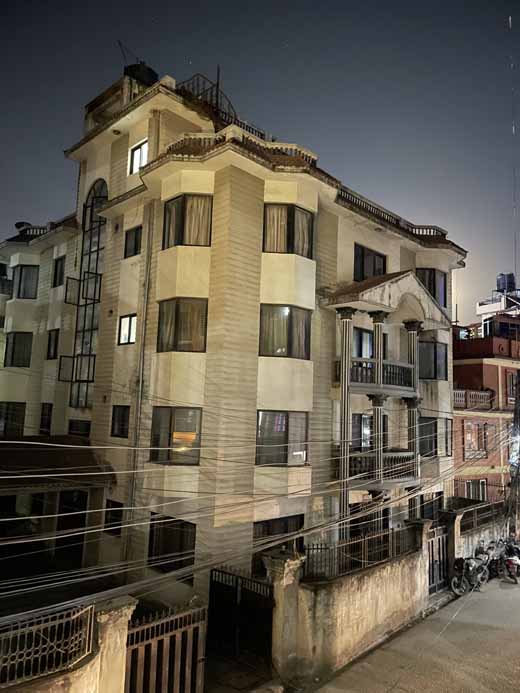




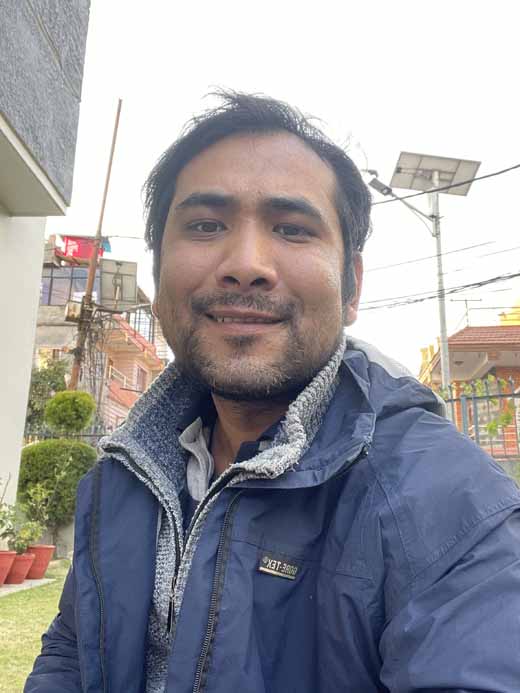
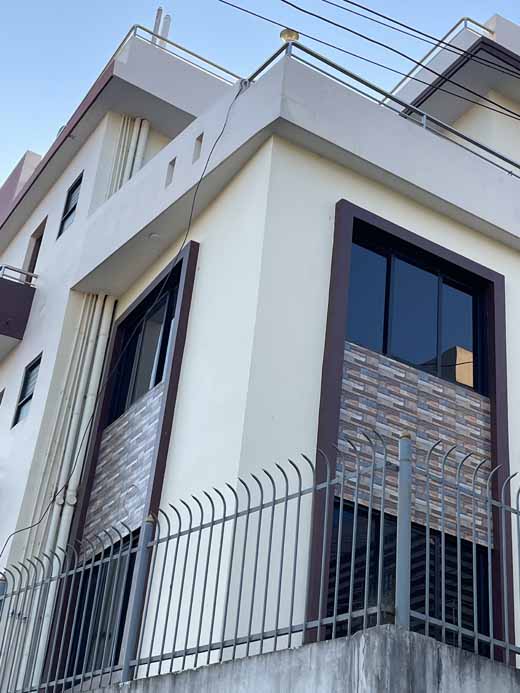
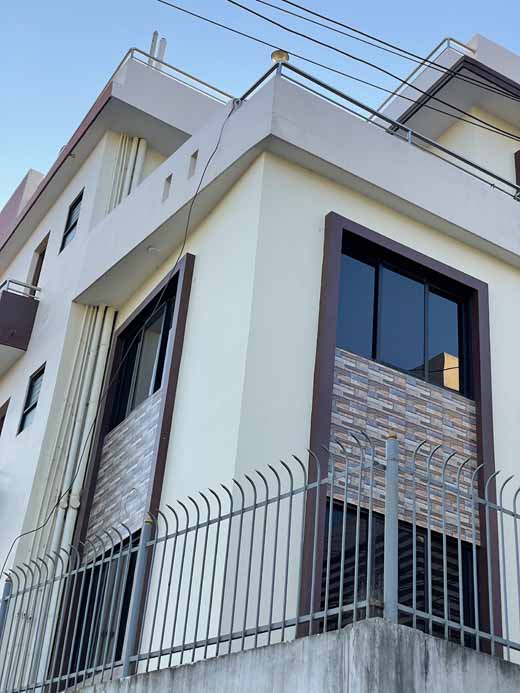




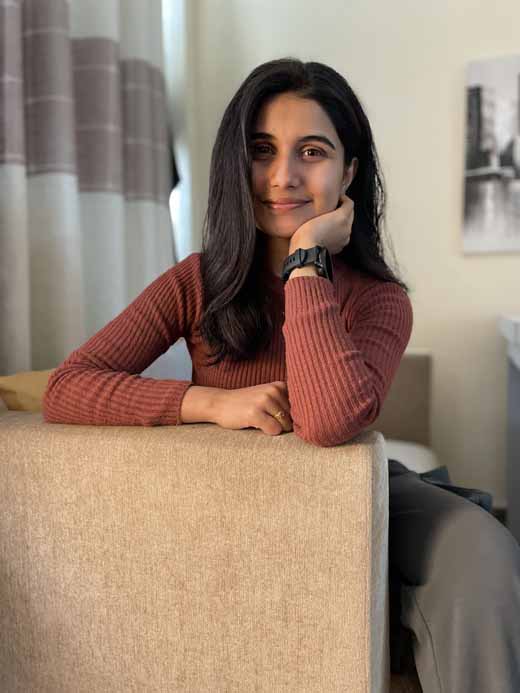
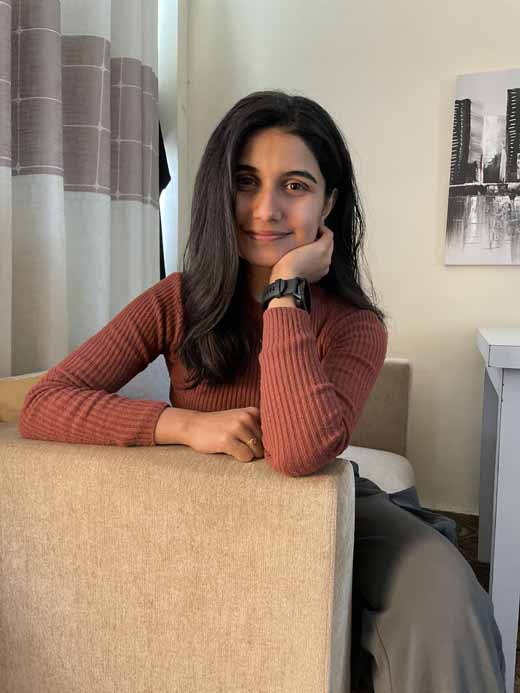



![Best Gaming Laptops in Nepal Under Rs. 250,000 (रु 2.5 Lakhs) [2025] Best Gaming Laptops Under 2.5 lakhs in Nepal [Feb 2025 Update]](https://cdn.gadgetbytenepal.com/wp-content/uploads/2025/02/Best-Gaming-Laptops-Under-2.5-lakhs-in-Nepal-Feb-2025-Update.jpg)
![Best Gaming Laptops in Nepal Under Rs. 120,000 (रु 1.2 Lakhs) [2025] Best Budget Gaming Laptops Under Rs 120000 in Nepal 2025 Update](https://cdn.gadgetbytenepal.com/wp-content/uploads/2025/05/Best-Budget-Gaming-Laptops-Under-Rs-120000-in-Nepal-2024-Update.jpg)
![Best Laptops Under Rs. 80,000 in Nepal [2025] Best Laptops Under 80,000 in Nepal March 2025 Update](https://cdn.gadgetbytenepal.com/wp-content/uploads/2025/03/Best-Laptops-Under-80000-in-Nepal-March-2025-Update.jpg)
![Best Gaming Laptops in Nepal Under Rs. 200,000 (रु 2 Lakhs) [2025] Best gaming lapotp under 2 lakhs Nepal Feb 2025](https://cdn.gadgetbytenepal.com/wp-content/uploads/2025/01/Best-Gaming-Laptops-Under-2-Lakh-Nepal-Feb-2025-Update.jpg)

![Best Mobile Phones Under Rs. 15,000 in Nepal [Updated 2025] Best Phones Under 15000 in Nepal 2024 Budget Smartphones Cheap Affordable](https://cdn.gadgetbytenepal.com/wp-content/uploads/2024/03/Best-Phones-Under-15000-in-Nepal-2024.jpg)
![Best Mobile Phones Under Rs. 20,000 in Nepal [Updated] Best Mobile Phones Under NPR 20000 in Nepal 2023 Updated Samsung Xiaomi Redmi POCO Realme Narzo Benco](https://cdn.gadgetbytenepal.com/wp-content/uploads/2024/01/Best-Phones-Under-20000-in-Nepal-2024.jpg)
![Best Mobile Phones Under Rs. 30,000 in Nepal [Updated 2025] Best Phones Under 30000 in Nepal](https://cdn.gadgetbytenepal.com/wp-content/uploads/2025/01/Best-Phones-Under-30000-in-Nepal.jpg)
![Best Mobile Phones Under Rs. 40,000 in Nepal [Updated 2025] Best Phones Under 40000 in Nepal 2024 Smartphones Mobile Midrange](https://cdn.gadgetbytenepal.com/wp-content/uploads/2024/02/Best-Phones-Under-40000-in-Nepal-2024.jpg)
![Best Mobile Phones Under Rs. 50,000 in Nepal [Updated 2025] Best Phones Under 50000 in Nepal](https://cdn.gadgetbytenepal.com/wp-content/uploads/2025/01/Best-Phones-Under-50000-in-Nepal.jpg)
![Best Flagship Smartphones To Buy In Nepal [Updated] Best flagship phone 2025](https://cdn.gadgetbytenepal.com/wp-content/uploads/2024/07/Best-Flagship-Phones-who-is-it-ft-1.jpg)